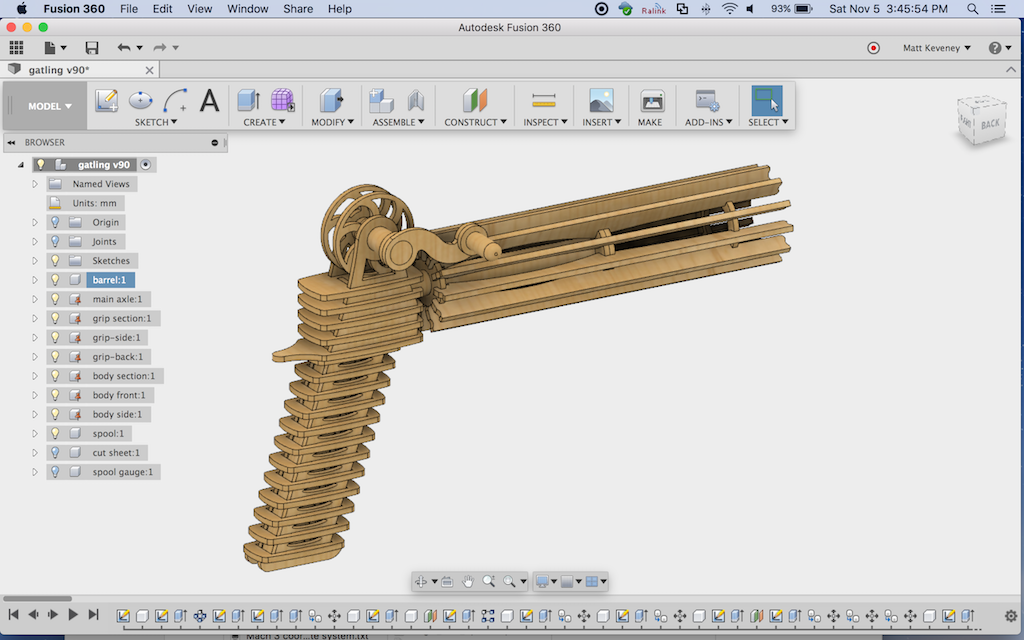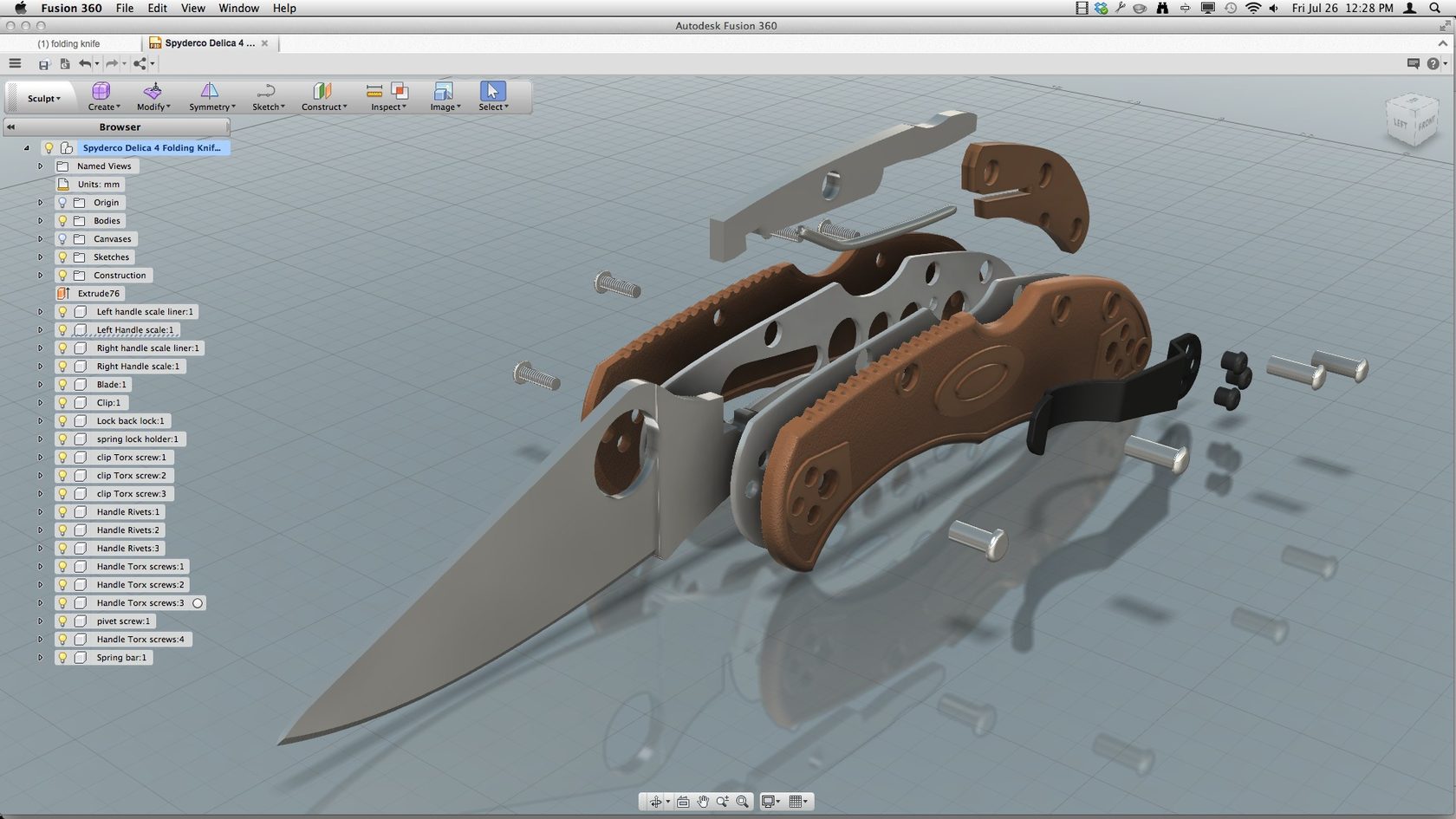
You still have the same access to your tools, but your sketch tools, for example, are going to be contextual. So this difference in access to tools has been the biggest change in the workflow. While in the Legacy UI, you have to navigate between a model, a patch in a sheet metal workspace. In the new UI, we have this tabbed interface on the ribbon.

First of which is the access of the tools. So the Preview UI has been out for a while, but if you've been using the Legacy UI, it's going to be important for us to identify those differences. But let's also take a look at the Legacy UI, and how things have changed in that workflow. There is some added functionality, but this shouldn't affect the location of any of your tools. The change from the Preview UI to the most current has mainly been an update to the icons. In this video, we're going to take a look at all of those and see how it changes the workflow. From the Legacy UI to the preview and now to the most current release. If you've been a Fusion user for a while, you may have noticed that changes in the user interface. After completing this lesson, you'll be able to identify legacy, preview and updated user interface elements, and use the new Fusion 360 user interface. Looking for Autodesk Fusion 360 certification prep courses? Check out additional learning resources to help you uplevel your skills: View Syllabusįusion 360 user interface.


In this course, we'll explore mechanical assembly design and simulation, focusing on testing and improving design components and performance. Design is rarely a perfectly linear and straightforward process. The foundation of engineering design is exploration and iteration. This course provides a deeper exploration of mechanical assemblies and simulation, which are key engineering features of the design and manufacturing process.


 0 kommentar(er)
0 kommentar(er)
